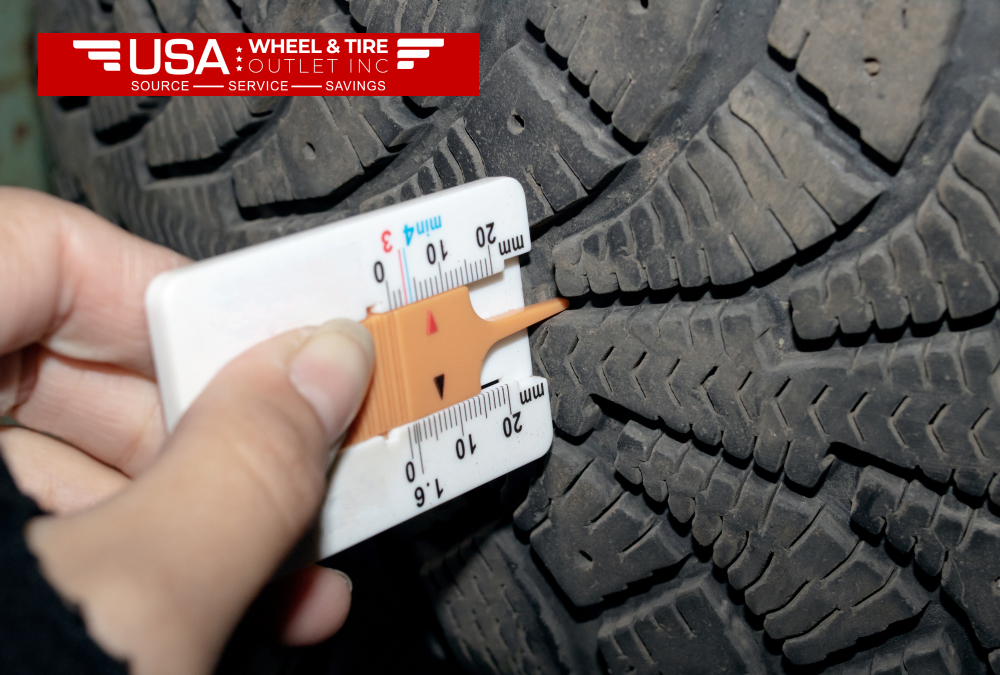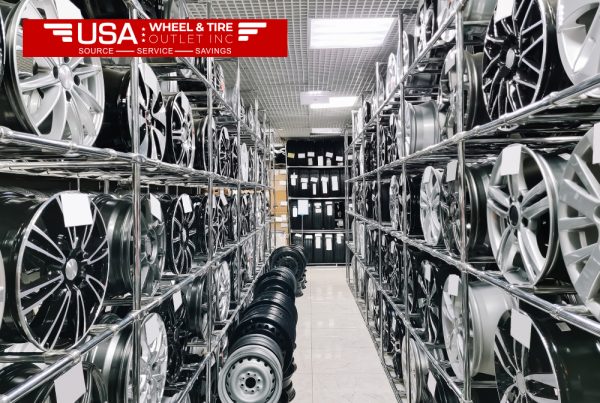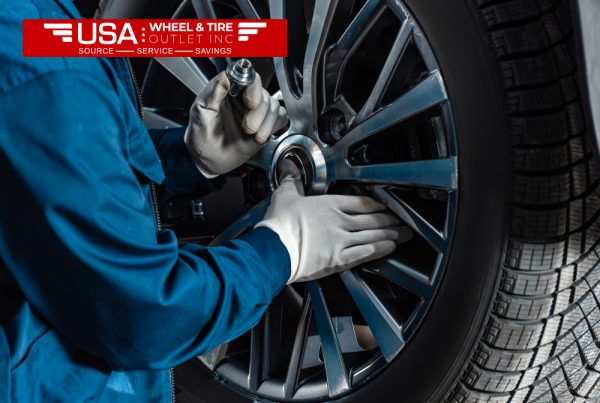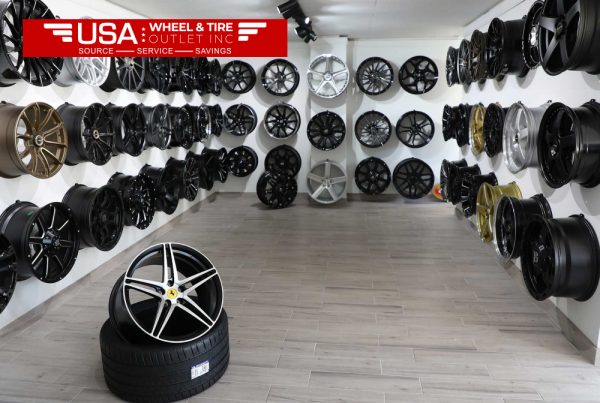Measuring the tire tread depth is one of the main objectives of tire maintenance in an endeavour of safe road usage. Tread can however affect the tractive and braking of the car with the tires as well as the general manner in which the car handles. Now, let’s take a detailed look at why tread depth is important, how to check it and what to do if it becomes worn.
Why It Is Important To Check Tire Treads
Tread depth is critical especially because tires are your car’s interface with the road. Here’s why it matters:
1. Traction: Tread depth is important because current treads provide the tire better control on the surface of the road particularly with wet and slippery surfaces and lesser chances of sliding.
2. Braking Distance: Sufficient tread is also needed for shorter than correct stopping distances and can prove to be valuable in an emergency situation.
3. Fuel Efficiency: Tires that are worn out will make your car consume more fuel and that means more trips to the filling station.
4. Even Wear: This alone can show misalignment or other mechanical problems that need fixing before they get worse and cause serious harm.
What is Tread Depth?
Tread depth is as simple as how deep the grooves of your tires are. New tires are generally classified by the initial tread depth ranging from 10/32 to 12/32 of an inch. The part in contact with the surface which deteriorates and affect performance mostly on wet surfaces.
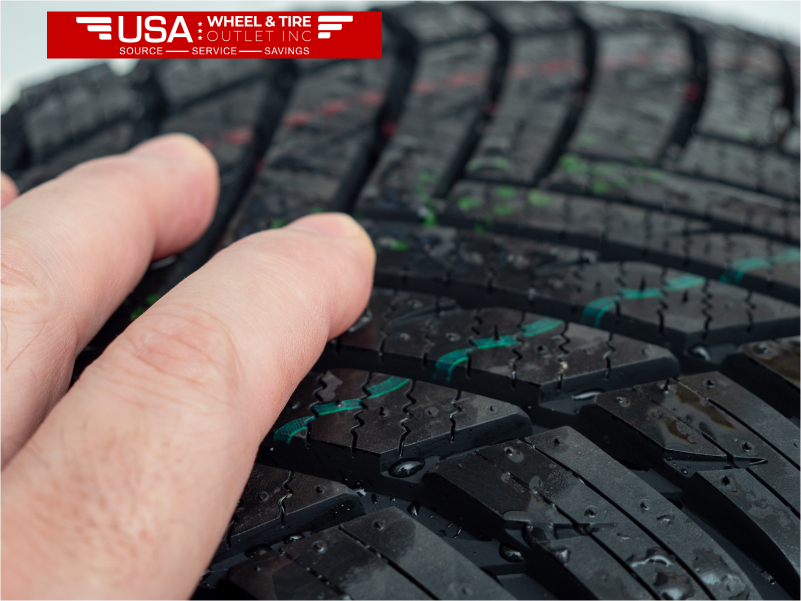
Interpretation of the Useful Tire Depth Charts
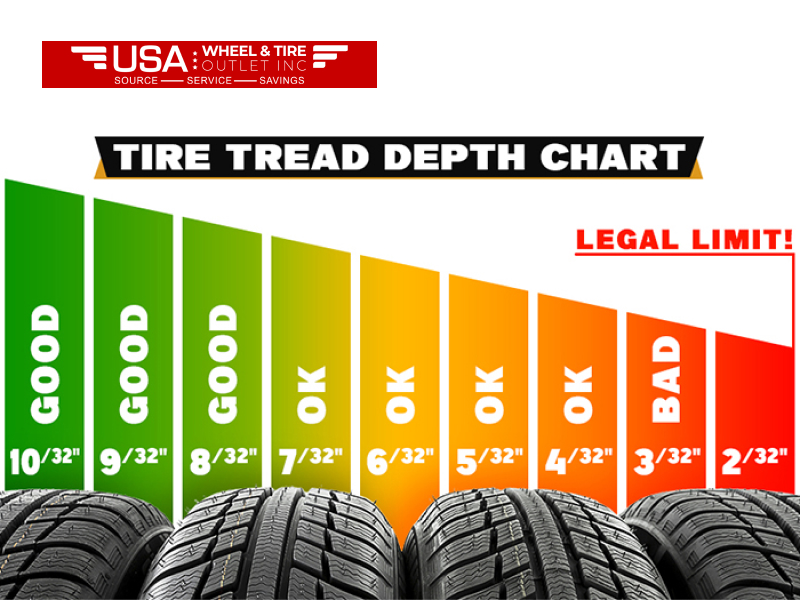
A tire depth chart helps you know when to replace your tires based on their depth:
They are useful in informing when it is time to look for wheels and tires near me for use when getting new tires with.
Tire Tread Depth Tested:
Tire measurement is easy, and from there one can start using instruments to determine the amount of tread on the tire without the-sellers help. Here are the most common methods:
1. Using a Tread Depth Gauge
None the less, utilising the standard tool call ‘’tread depth gauge’’, it is the most accurate tool one can use to measure breadth of the tread. Here’s how to use one:
2. Using a Coin
If you don’t have a gauge, you can use a coin:
For a Quarter: Basically, if you see the top of Washington head you need tread depth of 4/32”, it means that it is time to put on new tires.
For a Penny: If you are able to have a view of the whole head of Lincoln you then your tread that has been put on your car is less than 2/32” and that is dangerous.
3. Using a Ruler
A ruler is another simple option:
4. Check Tread Wear Indicators
Most current tires have tread wear bar are small raised bars within a tread which indicate the degree of tire wear. He admits that when the tread becomes thin as these indicators, it may be time for a replacement. That is, when it is right to measure tire tread depth.
It’s important to check your tire tread depth regularly, especially in these situations:
Seasonal Changes: You should always check your tires before winter or rainy season to see if they are ready for a wet season.
After Long Trips: Over time the tires can wear out especially when you have been on the road frequently; therefore take time and inspect the tires.
Before Road Tests: Check prior to a road trip or inspection, if you find any changes in the manner you handle the car.
This is the question that comes to many people’s minds and the answer to it is clear: What to do if tread depth is low
If your measurements indicate low tread depth, here’s what to do:
1. Look for Wheels Near You
In this case, search for ‘wheels near me’ and you will get different auto repair shops or tires shops around the region. Most, provide different varieties of tyres, including those that are relatively low priced and those that are expensive.
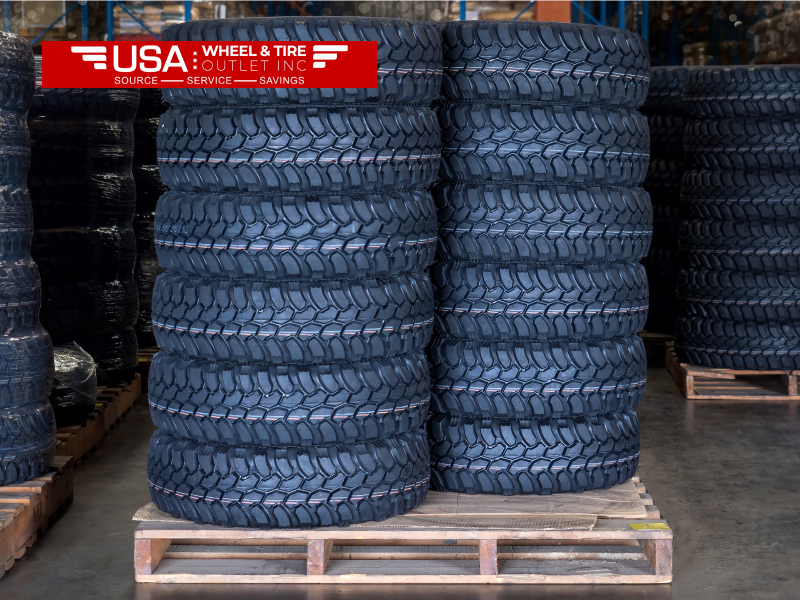
2. Consult a Professional
If you are not certain of measurements or the current status of the tires it would be wise to seek the services of a mechanic or tire expert. They can even advise you considering the circumstances you are experiencing.
3. Looking at Rotation and Alignment coupled with Transfer of Force and Weight Distribution.
If you find that the tread on your tires wears out unevenly then it could well be a problem with the car alignment. Now, one can imagine how the process of sometimes changing tires has other benefits like improved even tread wear and, therefore, longer tire’s durability.
4. Choose Quality Tires
If you have to replace your tires, avoid cheap tires expensive tires are the best. According to the real experience, the good tires are result in improved performance, safety, increased service life of the tires.
Conclusion
Checking the tire tread depth is an important procedure but it is as basic as any car owner would ever need to do on his or her car. Measuring tread depth is more than just an added safety while driving as it leads to effective fuel consumption and improves the lifespan of the tire.
Read Also: What are Low Profile Tires? (The Importance of Tire Aspect Ratio)</a>
By following the plan in the present guide, you will be well equipped to take charge of your tire health. The same thing and being able to understand that it is time to search for wheels near me can really make the difference on the road. Stay safe out there!
FAQs
Q1. How to Measure Tire Tread Depth?
Use a tread depth gauge, wear indicators, or a penny test. Insert the gauge into the grooves, or use a penny—if you see the top of Lincoln’s head, it’s time to replace the tires.
Q2. Is It Necessary to Check Tire Tread Depth Regularly?
Yes, regular checks ensure safety and optimal tire performance, preventing accidents caused by worn-out tires.
Q3. When Is It Important to Check Tire Tread Depth?
Check before long trips, in bad weather, or every few months to ensure your tires have adequate traction and are road-safe.

